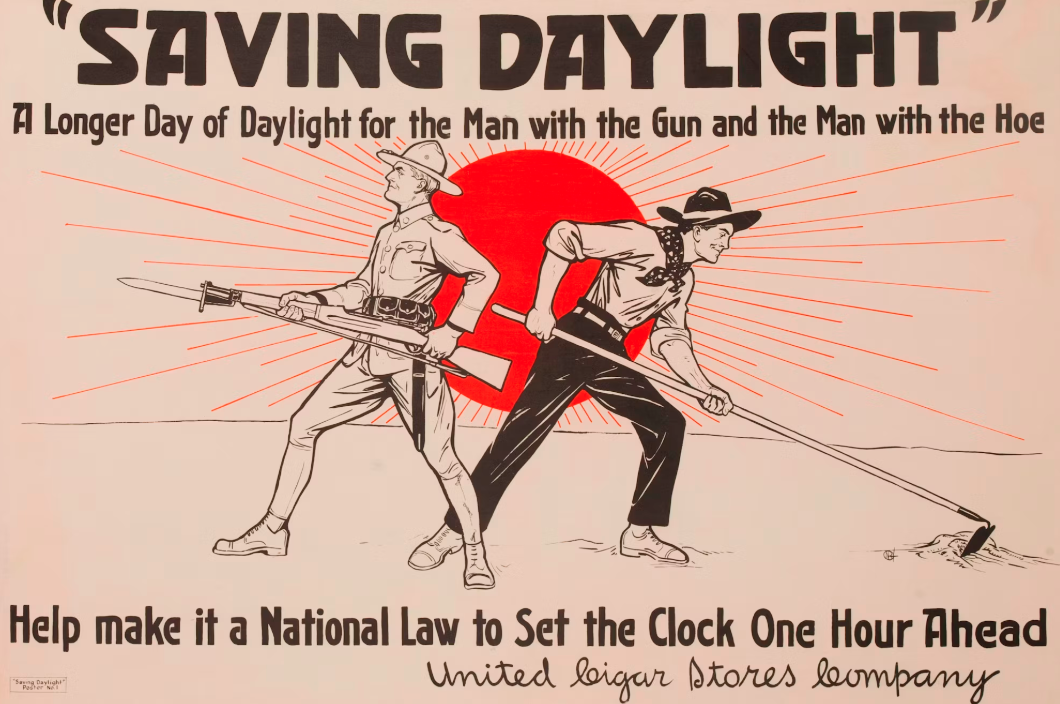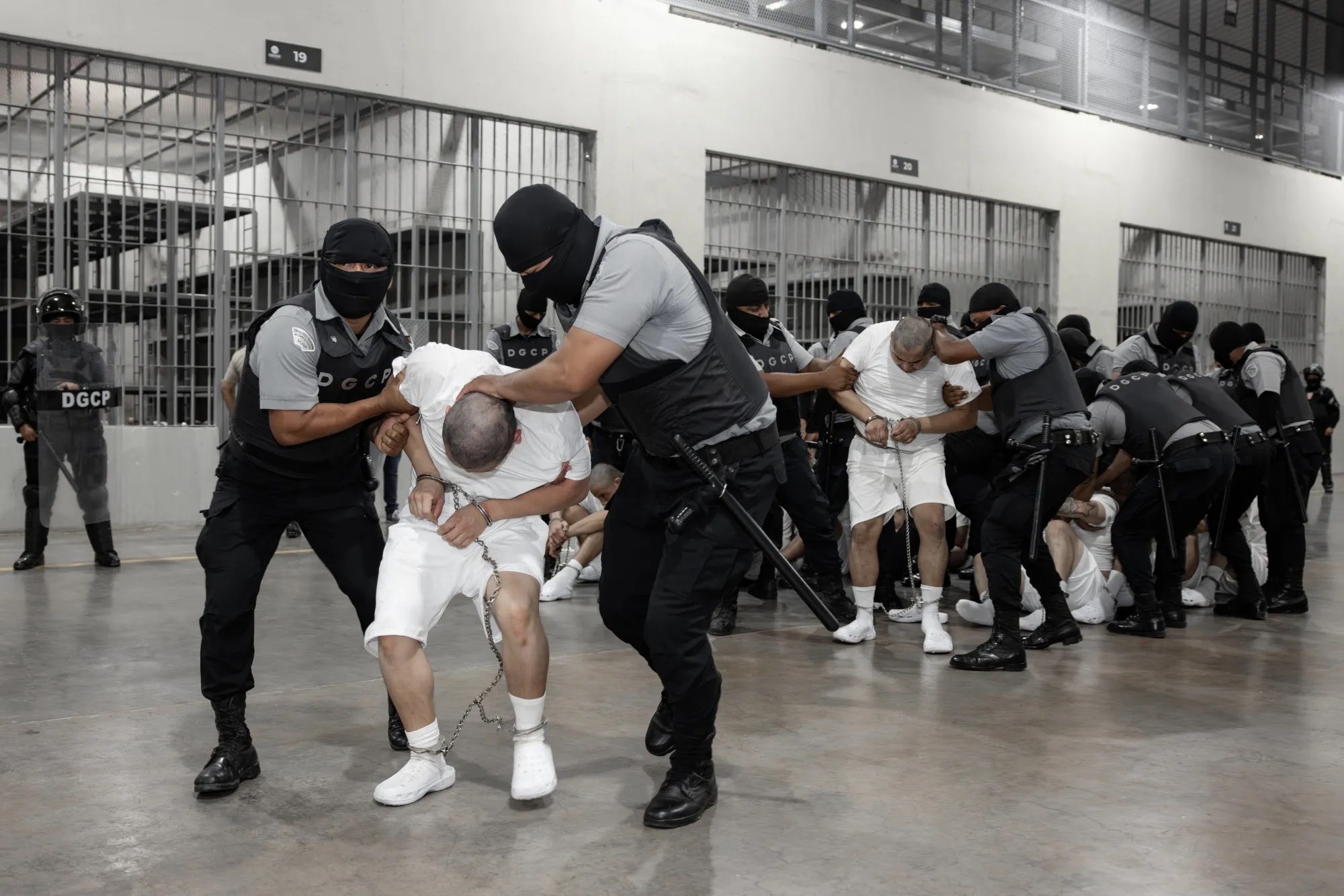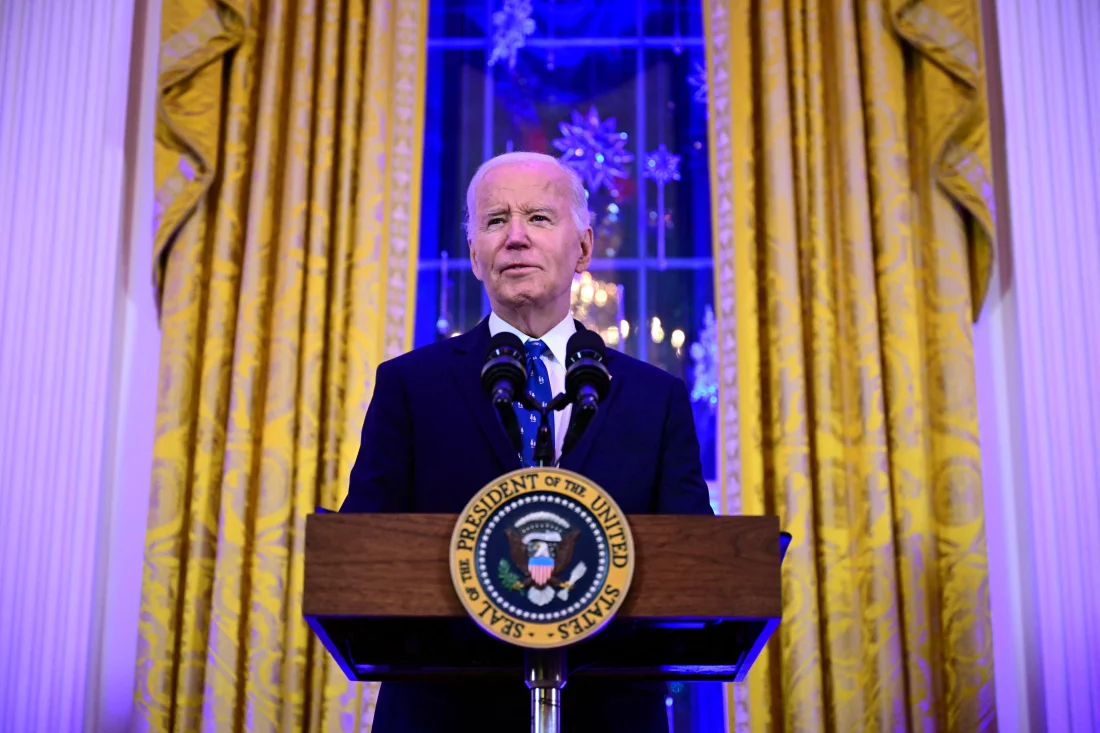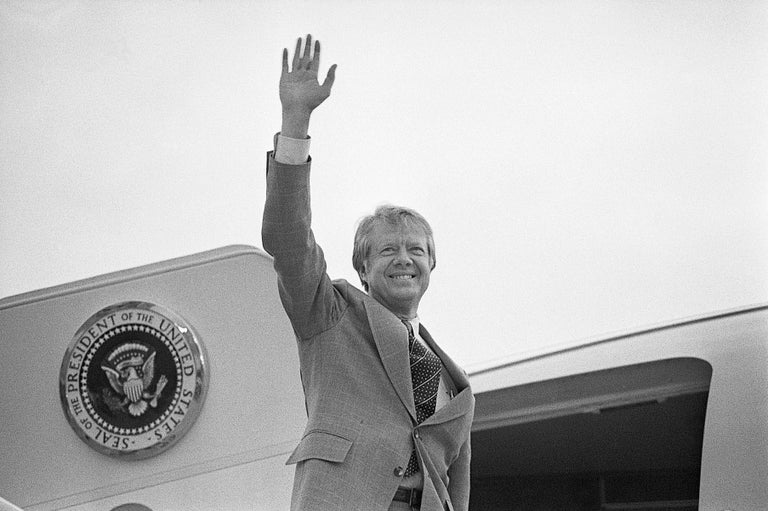The Daily Dose – March 19, 2025
On March 19, 1918, Congress passed the Standard Time Act, establishing time zones and Daylight Saving Time in the

Today in History: On March 19, 1918, Congress passed the Standard Time Act, establishing time zones and Daylight Saving Time in the United States. This act was enacted during World War I, primarily to conserve fuel and increase productivity. By setting clocks forward during the summer months, the government aimed to extend daylight hours, allowing for longer workdays and reducing the need for artificial lighting, which consumed valuable resources.
Good morning, Nomads! Today, we’re bringing you a condensed look at key events shaping our world, from the cosmos to conflict zones, and a look at how local and national business decisions are impacting Dallas, and of course, our Texas teams in March Madness. Stay informed, stay engaged.
1. Cosmic Homecoming: Stranded Astronauts Return to Earth
After an extended 9-month stay aboard the International Space Station (ISS) due to a coolant leak on their original Soyuz spacecraft, two astronauts have safely returned to Earth. In a mission highlighting the growing role of commercial spaceflight, DOGE head, Elon Musk’s SpaceX played a pivotal part in the return of astronauts to Earth, bringing the crew back safely using a SpaceX Dragon capsule. This mission underscores NASA and the Department of Defense’s partnerships with private companies, such as SpaceX, to conduct critical space operations. But SpaceX’s involvement in this mission is part of a broader trend of increased reliance on commercial providers for space transportation, a development made possible by significant federal funding and contracts with the private space sector. According to reports, SpaceX has been awarded or promised billions of dollars in government contracts.
2. Ukraine Conflict: Escalating Tensions and Shifting Frontlines
President Trump wrapped up a call with Putin, wherein the Kremlin agreed to spare Ukraine’s energy infrastructure, but stopped short of agreeing to a full ceasefire. But, the call took place as Russia continued to escalate in their attacks against Ukraine. Recent reports indicate a surge in artillery and drone strikes, particularly around key strategic cities. The humanitarian crisis deepens, with millions displaced and essential infrastructure severely damaged. International efforts to broker a ceasefire have yielded limited results, as both sides remain entrenched in their positions. Economic sanctions imposed on Russia continue to impact the global economy, while military aid from Western nations to Ukraine remains a critical factor in the ongoing struggle. The conflict’s trajectory remains uncertain, with the potential for further escalation and prolonged instability in the region. The focus remains on the immense human cost of the war, and the ongoing need for humanitarian assistance.
3. Middle East: Regional Tensions and Diplomatic Efforts
The Middle East remains a complex landscape of shifting alliances and persistent tensions. Recent developments include renewed diplomatic efforts to de-escalate regional conflicts, alongside ongoing concerns about security and stability. The situation in Gaza remains precarious, with sporadic outbreaks of violence and continued humanitarian challenges. Discussions surrounding the Iranian nuclear program have resumed, with international negotiators seeking to revive the stalled agreement. The delicate balance of power in the region is further complicated by the involvement of various international actors, each with their own strategic interests. The focus on diplomatic solutions aims to prevent further escalation and promote stability, but the deep-seated issues and historical grievances present significant obstacles. The international community continues to call for restraint and dialogue to address the root causes of conflict.
4. Texas Teams Take on March Madness
The buzz of March Madness is electrifying, and Texas is proudly represented by a strong lineup of teams in both the men’s and women’s tournaments. In the men’s bracket, we’re cheering on the University of Houston Cougars (No. 1 seed), Texas Tech Red Raiders (No. 3 seed), University of Texas Longhorns (No. 11 seed), Texas A&M Aggies (No. 4 seed), and the Baylor University Bears (No. 9 seed). On the women’s side, we have the University of Texas Longhorns, Texas Christian University (TCU) Horned Frogs, Baylor University Bears, and Stephen F. Austin Lumberjacks (SFA). These teams bring a diverse range of talent and determination, promising thrilling matchups and exciting moments. The state is united in support, with fans eagerly following every game and celebrating the achievements of these exceptional athletes.
5. Dallas Business Boom: Nasdaq and Texas Stock Exchange Developments
Dallas is experiencing a significant boost to its financial sector, with Nasdaq announcing plans to establish a regional headquarters in the city. This move signals Nasdaq’s recognition of Dallas’s growing economic influence and its strategic importance in the national market. Simultaneously, the development of the Texas Stock Exchange (TXSE) is progressing, aiming to provide an alternative platform for companies seeking to go public. These developments are poised to create new jobs, attract investment, and further solidify Dallas’s position as a major financial hub. The increasing presence of major financial players in Dallas reflects the city’s dynamic business environment and its appeal to companies seeking to expand their operations. The combination of established institutions and emerging exchanges signals a new chapter for the financial landscape in Texas.
6. Dallas Weather: High Winds and Dust Impact Air Quality
Dallas has experienced a period of unusually strong winds, leading to a noticeable increase in dust and particulate matter in the air. The sustained high winds have stirred up dry soil and debris, significantly impacting local air quality. Residents have reported hazy conditions and increased respiratory irritation. Local weather authorities have issued advisories, urging individuals with respiratory sensitivities to limit outdoor activities. The increased dust levels are a result of the combination of dry conditions and strong wind gusts, which are common in the region during this time of year. The impact on air quality underscores the importance of monitoring weather patterns and taking precautions to protect public health. The high winds have also caused various other minor issues around the metroplex, from downed tree limbs to flying debris.








